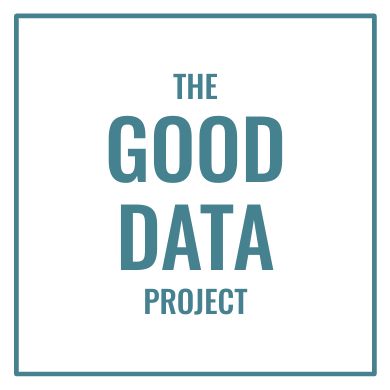In January 2007, when Steve Jobs introduced the first-ever iPhone, just 3% of Americans owned a smartphone. Within a decade that number had skyrocketed to more than 80%.
This widespread adoption changed everything. Smartphones put all the world’s knowledge in our pockets. They fostered social platforms and fomented revolutions. And they shortened our attention spans.
In 2015 Microsoft announced the average human attention span was just eight seconds — shorter than even the attention span of a goldfish. This research, covered widely by publishers like the New York Times and the Telegraph, upended media business models and helped mobile tech vendors generate enormous investment. It forced the NBA to change its rules. And it stands today as one of the greatest examples of how data storytelling can impact entire industries.
There’s just one problem: It’s not true.
When the BBC investigated this claim in 2017 they discovered Microsoft’s marketing team had pulled the number from a firm called Statistic Brain, who themselves could not provide a credible source. One of the most quoted and compelling data stories of the past decade appears to be a myth. And I bet you’ve repeated it yourself.
If you can’t find a number’s source, you cannot use it. And “Microsoft said” isn’t enough — that source needs to include a study name and date, and hopefully a base and a sample size too. It’s no accident that the very first point of the Data Story Mandate is: Ensure your data copy is credible.
Why is this so important?
The data may cover the wrong sample. Sometimes a “global” number actually describes only three countries.
The data may come from a biased party. Sure, radio might be the best ad channel ever created — but do you want to take the radio industry’s word for it?
The data may not be recent. Even if the data was correct when it was collected, years-old numbers are rarely trustworthy.
The data may simply not be true. Sometimes, the numbers just never existed in the first place.
Yes, finding a source — or finding out a number doesn’t have a credible source — can take effort. You’ll have to spend some time chasing things down. And you might follow a link from a social post to one USA Today article and then another, then on to Yahoo! Canada, only to end up at a dead URL at the Ottawa Citizen.
But the alternative is to repeat, and maybe even make business decisions based on, non-credible data.
What’s the best or worst data copy you’ve seen lately? Post it in the comments below or on LinkedIn. And if you want good data delivered to your inbox, subscribe here.

